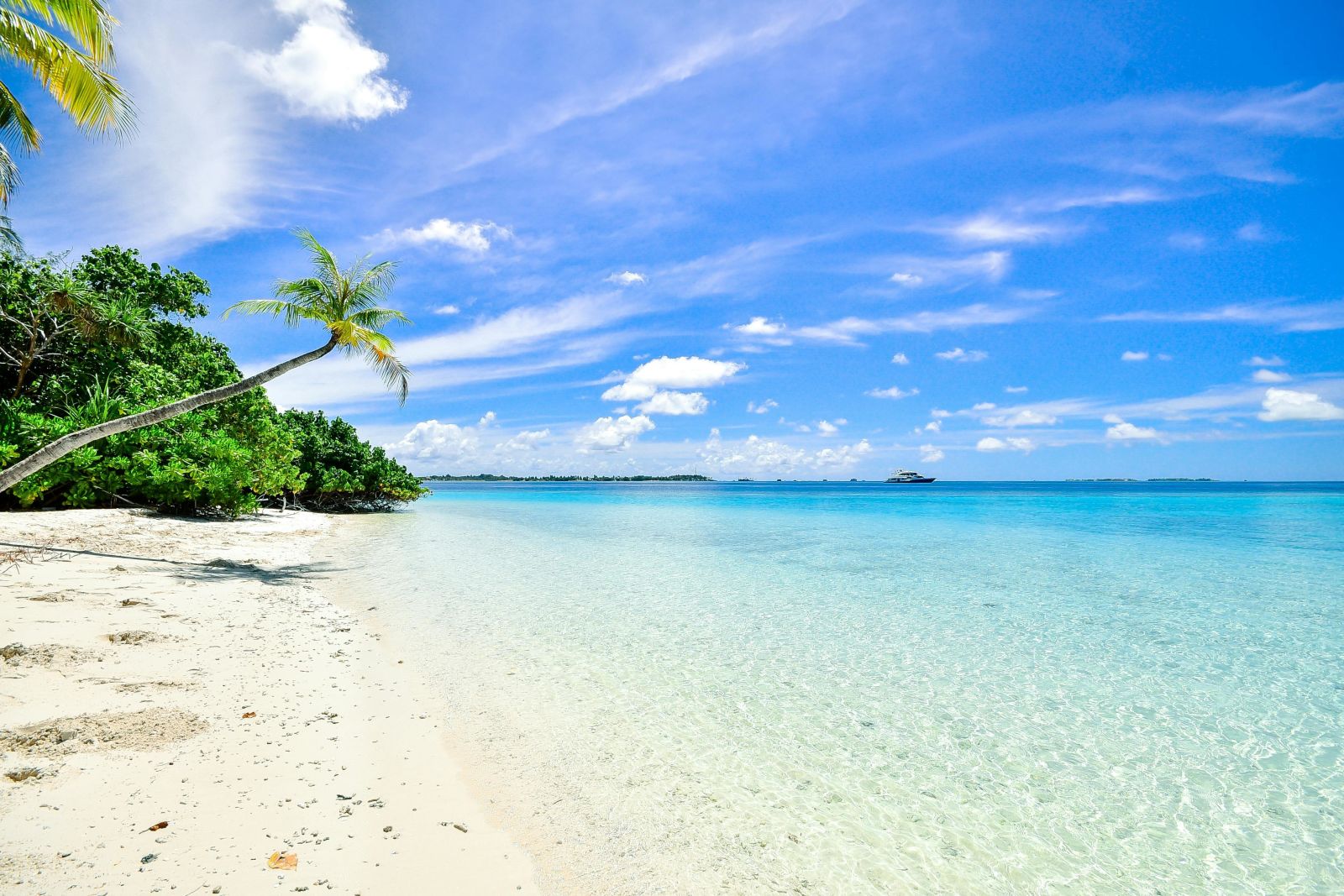There are many benefits that come with slow travel, especially for those who often get overwhelmed and anxious by travelling via planes and spending a short time in a destination. According to our research, 1 in 4 (25%) UK adults find travel that involves flying to be stressful and tiring.
Instead of plane travel, opting for rail travel
23% of UK travellers told us that they would go on more holidays if they could avoid the stress of the airport. Choosing rail travel offers several advantages, particularly for anxious travellers. It allows greater mobility, as passengers can freely move around the carriages. Train seats typically provide more legroom, enhancing comfort. Moreover, the stress associated with take-offs and landings, which often heightens anxiety, is entirely avoided.
Building more meaningful connections
With slow travel, you spend more time in a specific location, allowing yourself the time to make friends and build deeper, meaningful connections with locals and like-minded travellers. Joining Facebook groups or matching with users on dating and friendship apps like Bumble can help. Alternatively, you may find other slow travellers when staying in hostels or booking tours/excursions.
Deeper cultural experience and appreciation
When you spend more time in a particular destination, you are able to really immerse yourself in the culture of that place and to get to know it. You'll want to save money and opt to buy food from local markets and use local ingredients. You will have more of an opportunity to interact with locals and might pick up on how to prepare local dishes or learn more of a new language.
You can recharge
In comparison to traditional travel where you have limited time in a destination, and have to cram in a tight itinerary, slow travel allows you to rest and recharge while experiencing a new country at a more relaxed pace.
Remote working or volunteering
If you're in the position to work remotely, slow travel gives you the perfect opportunity to do so in a new destination and spend your free time living like a local, without giving up your job.
Alternatively, you could look at volunteering opportunities while you travel. In some cases, you can be rewarded with free accommodation in exchange for your work.
Travelling with kids
1 in 5 (20%) of UK parents with children under 18 say coordinating travel logistics with children makes the flying experience much more stressful. Almost 1 in 3 (31%) think slow travel would be a calmer experience compared to flying.
It's a much better way to travel with kids, one of our own Pirates, Kasha, says:
"My husband, Chris, and I met due to our shared love for travel, so our 20s saw us zipping across Europe on fast-paced weekend trips or longer-haul trips that tried to pack in a new destination every day. Then we had kids, and while they've brought many weird and wonderful changes to our life, they've actually taught us to slow down - especially when we travel! With kids, you need to factor in extra days just to acclimatise and to factor in sightseeing disruptions, like multiple nap times, toddler tantrums and bed times. This means that we usually book one destination to explore and we give ourselves plenty more time for the whole family to be able to enjoy it too."
It's a more sustainable way to travel
Slow travel is less harmful to the planet as it aims to mitigate the damaging effects that tourism can have on the environment. Choosing to stay in small independent accommodation or homestays instead of huge hotel chains reduces your impact, and by visiting lesser-known hidden gems with a local guide you are avoiding overcrowded tourist hotspots and supporting the local community. Plus, slow travel prioritises more sustainable forms of transportation such as walking, cycling or train travel, which can dramatically reduce the carbon footprint of your holiday.

